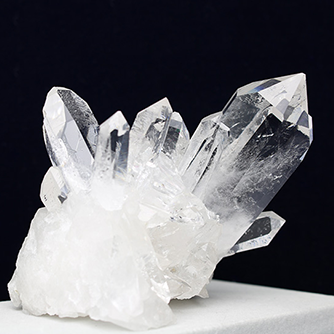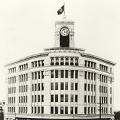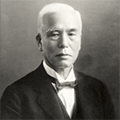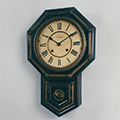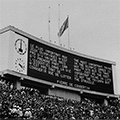1. Introduction
The special procurement boom during the 1950 Korean War vitalized the Japanese economy and started a boom in the watch market as well. Seiko broadcasted Japan’s first radio commercial in 1951 and Japan’s first TV commercial in 1953. Aggressive advertising was the company’s new way of boosting demand and enhancing brand awareness.
Instead of emulating clocks and watches from overseas, Seiko’s production section shifted its focus to independent technological development, the active collection of information, and enhanced research and technological schemes.
2. Marvel
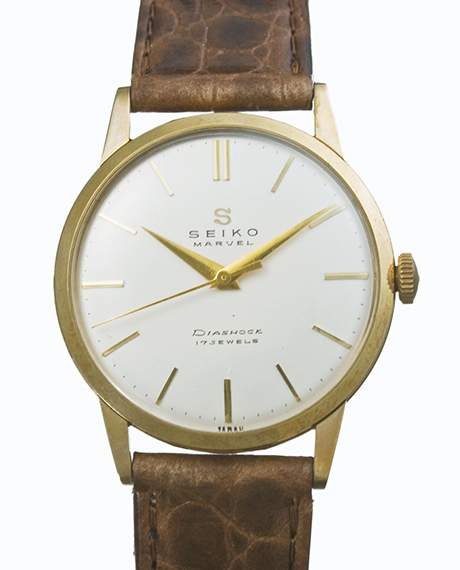
In 1956 Seiko introduced the Marvel, a mechanical watch for men created from proprietary Seiko technology through the introduction of a new design policy and production equipment and technology targeting the qualities of an ideal wristwatch: beauty, high durability, and high accuracy.
The Marvel swept away rival timepieces and dominated in a major competition in the watch industry (Council for Quality Inspection of the Japan-made Watch: hosted by the former Ministry of International Trade and Industry). It also overtook products from Switzerland and other countries by winning first place in the men’s wristwatch category in a watch competition hosted by the American Watchmakers-Clockmakers Institute (Japanese branch). The Marvel was acclaimed as an 'amazing timepiece' and a guy with intelligence and health', dispelling the prevailing stereotype that Japanese watches were inaccurate and breakable.
At the same time, the Marvel heightened Seiko’s confidence as a watch maker and fueled its determination to compete with Swiss watchmakers and “do what it believes is right.”
3. Grand Seiko
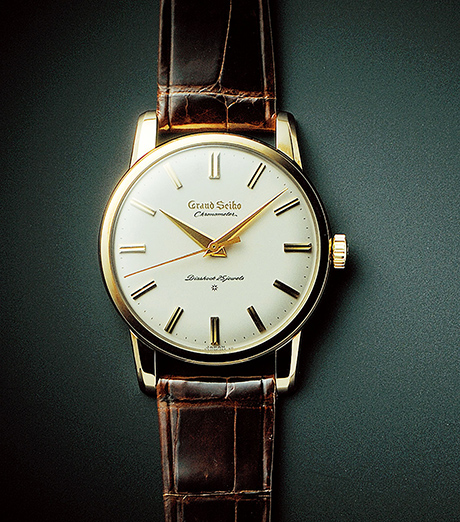
In 1959 Seiko introduced the Crown, a watch in the base of the Marvel but with greater precision. The Crown was found to be superior to the Marvel in the watch competition.
In 1960 Seiko applied all of its parts precision techniques, assembly techniques, and adjustment techniques to the creation of a watch in the base of the Crown, but with even greater precision. The First-Generation Grand Seiko was born.
The Grand Seiko set a new standard stricter than the world’s highest accuracy standard (international chronometer testing standard (B.O.): excellent) of the time. The Grand Seiko became the world’s finest watch both in reality and in name.
The Grand Seiko VFA (10 beats) commercialized in 1969 was stored in TIME CAPSULE EXPO ’70, a time capsule project planned out for the Japan World Exposition to be held in the following year.
Seiko also created “Seiko style,” a proprietary shape still presiding as the most outstanding standard for practical watches.
4. Seiko Sportsmatic 5
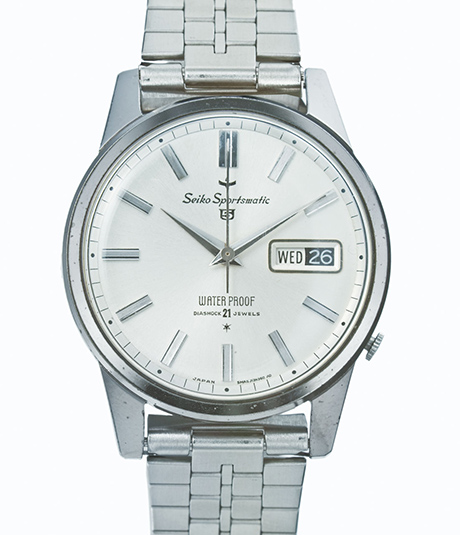
Seiko started providing more affordable products in around 1960 with a view to cultivating the youth market. This time, however, consumer demand was only lukewarm.
In 1963, Seiko introduced the Seiko Sportsmatic 5, a model embodying the best possible technologies and elements of the day, including a waterproof structure, visible day and date -integrated display, tough main spring, shockproof structure, and a proprietary automatic winding mechanism called the “magic lever.”
Seiko’s role as the Official Timer of the Tokyo Olympic Games a year later, in 1964, boosted awareness of the company throughout the world. Sales of the Sportsmatic 5 increased remarkably overseas.
The Sportsmatic 5 trailblazed the company’s path to global dominance in the self-winding watch market. In the ears of people across the world, the name Seiko became synonymous with high quality and reliability.
5. Official Timer of the Tokyo Olympic Games
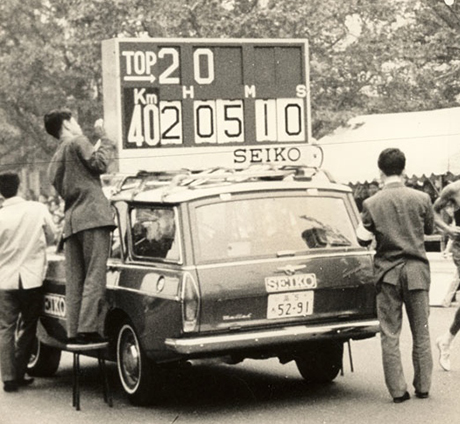
The 1964 Summer Olympics in Tokyo was a monumental effort at the tail end of Japan’s postwar reconstruction and a test of the nation’s newfound prestige. Japan showcased its scientific and manufacturing prowess by dubbing the upcoming Games as the “Scientific Olympics” or “Japan-made Olympics.” In 1960 Seiko hatched a plan to become the Official Timer and started group-wide efforts to develop new timing instruments. The company developed 36 models and manufactured 1,278 timing instruments, all incorporating the latest technologies. These devices and the well-trained 172 staff members from the company staged another triumph for Seiko.
By providing the science in the “Scientific Olympics,” Seiko heightened its image and grew its world fame further.
The items developed for the Olympic Games, including the tabletop crystal chronometer and printing timer, led to the creation of new businesses and foundations for Seiko Group’s rapid growth.
6. Dominating Observatory Competitions in Switzerland
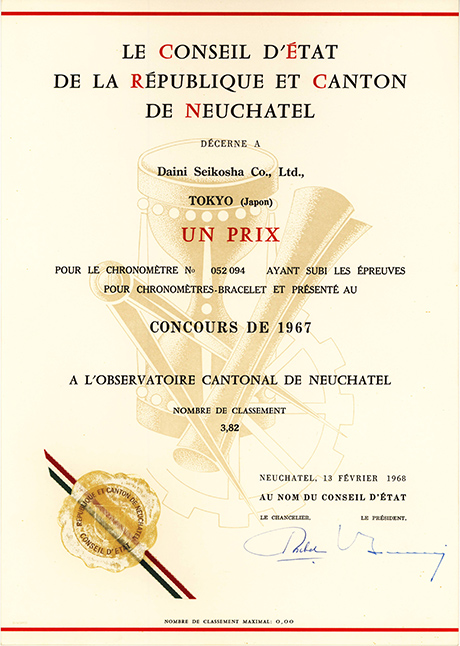
In 1964 Seiko began participating in an annual observatory competition for accuracy, an event equivalent to the Formula 1 for automobiles, hosted by the Neuchâtel Observatory in Switzerland.
Seiko’s results for the first year were a great disappointment. But after upgrading its materials, parts shapes, machining precision, and adjustment techniques multiple times, Seiko finally won the second and third places as a company in the competition three years later, in 1967. A year late, Seiko demonstrated the best accuracy adjustment ever recorded and dominated the observatory competition held in Geneva. Seiko finally took the world’s No. 1 spot both in name and reality.
1960s
The 1960s may have been the peak for the advancement of mechanical watches, just when Seiko was achieving global prominence in the world of mechanical watches through its successes in accuracy competitions and mass production.
The 1960s were also a period of electronization for watches. Seiko’s introduction of the world’s first quartz watch in December 1969 was to ultimately steer the whole of the watch industry from mechanical to quartz.


